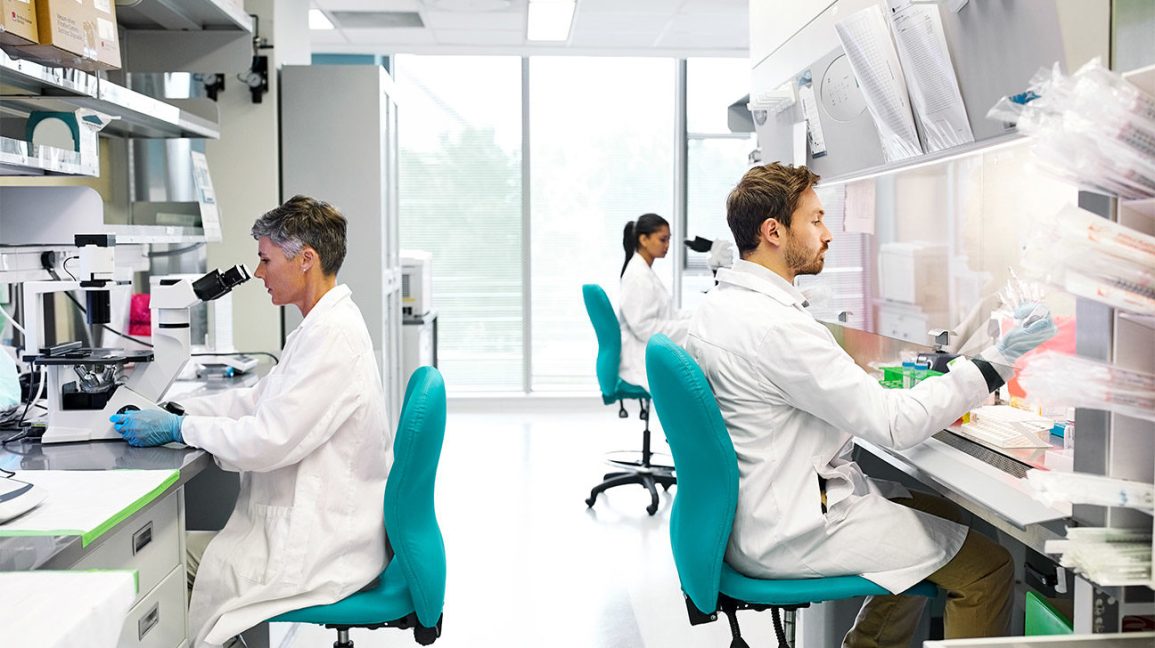Indeed, even at their best – and draconian – regulation techniques have just eased back the spread of the respiratory sickness Covid-19. With the World Health Organization at last pronouncing a pandemic, everyone’s eyes have gone to the possibility of a vaccine, in light of the fact that solitary a vaccine can keep individuals from becoming ill.
Around 35 organizations and scholastic foundations are dashing to make such an immunization, at any rate four of which as of now have applicants they have been trying in creatures. The first of these – delivered by Boston-based biotech firm Moderna – will enter human preliminaries inevitably.
This extraordinary speed is thanks in enormous part to early Chinese endeavours to arrangement the hereditary material of Sars-CoV-2, the infection that causes Covid-19. China shared that arrangement toward the beginning of January, permitting research bunches the world over to develop the live infection and study how it attacks human cells and makes individuals debilitated.
Be that as it may, there is another purpose behind the head start. In spite of the fact that no one could have anticipated that the following irresistible malady to undermine the globe would be brought about by a coronavirus – influenza is commonly considered to represent the best pandemic hazard – vaccinologists had supported their wagers by taking a shot at “model” pathogens. “The speed with which we have [produced these candidates] manufactures especially on the interest in seeing how to create antibodies for different coronaviruses,” says Richard Hatchett, CEO of the Oslo-based charitable the Coalition for Epidemic Preparedness Innovations (Cepi), which is driving endeavours to fund and arrange Covid-19 immunization improvement.
Coronaviruses have caused two other ongoing pestilences – severe acute respiratory syndrome (Sars) in China in 2002-04, and Middle East respiratory syndrome (Mers), which began in Saudi Arabia in 2012. In the two cases, work started on vaccines that were later racked when the flare-ups were contained.
One organization, Maryland-based Novavax, has now repurposed those immunizations for Sars-CoV-2, and says it has a few applicants prepared to enter human preliminaries this spring. Moderna, in the interim, based on prior work on the Mers infection led at the US National Institute of Allergy and Infectious Diseases in Bethesda, Maryland.
Sars-CoV-2 offers somewhere in the range of 80% and 90% of its hereditary material with the infection that caused Sars – consequently its name. Both comprise of a portion of ribonucleic corrosive (RNA) inside a circular protein container that is canvassed in spikes. The spikes lock on to receptors on the outside of cells covering the human lung – a similar sort of receptor in the two cases – permitting the infection to break into the phone. Once inside, it seizes the cell’s regenerative apparatus to deliver more duplicates of itself, before breaking out of the cell again and executing it all the while.
Basically the world never developed a Sars vaccine as it usually finishes like a seasonal fever. But this time it’s different and we need the vaccine for it.
A vaccine could at present spare numerous lives, particularly if the infection gets endemic or perpetually coursing – like influenza – and there are further, conceivably regular, flare-ups. In any case, up to that point, our best expectation is to contain the infection beyond what many would consider possible. To rehash the wise counsel: wash your hands.
Ultimate Need Of The Hour : Coronavirus Vaccine


